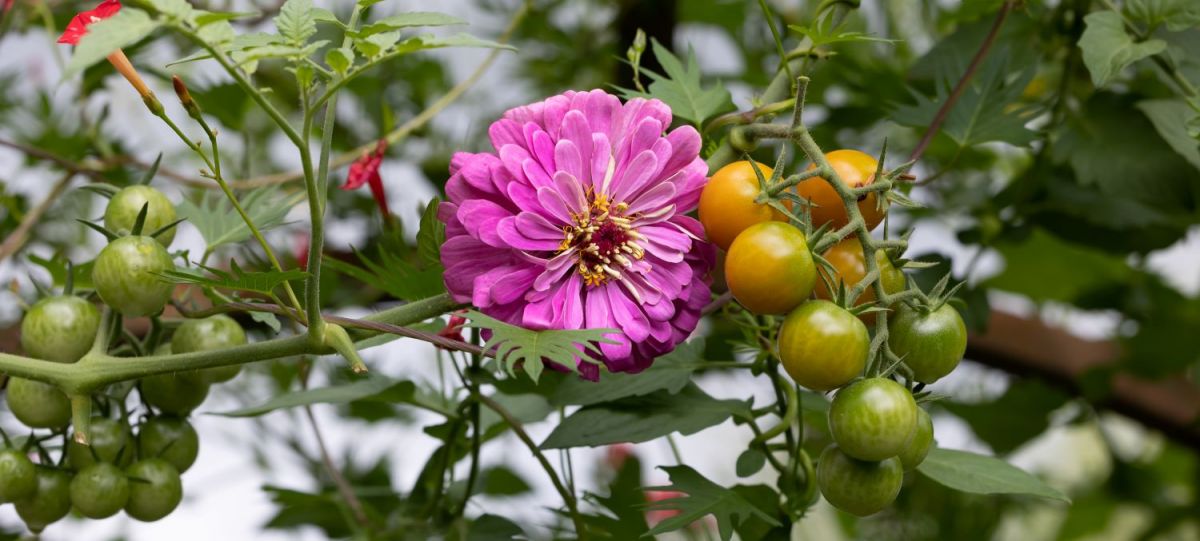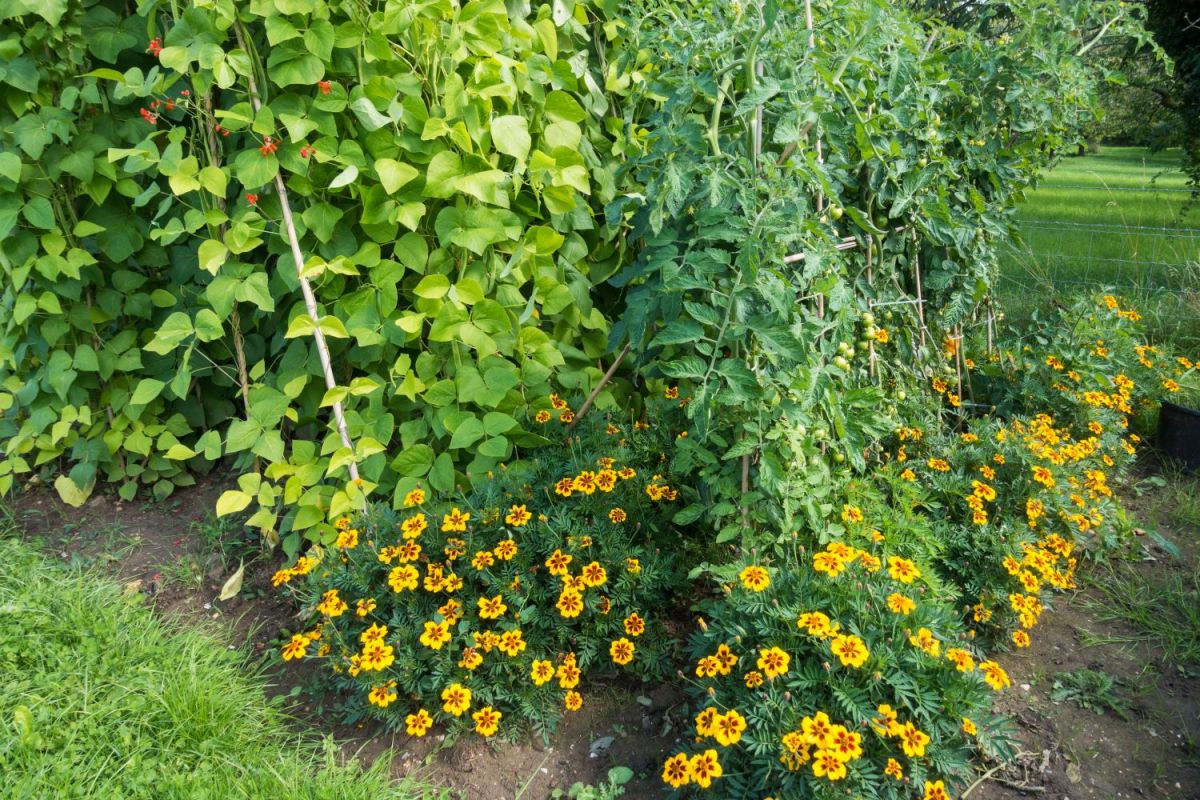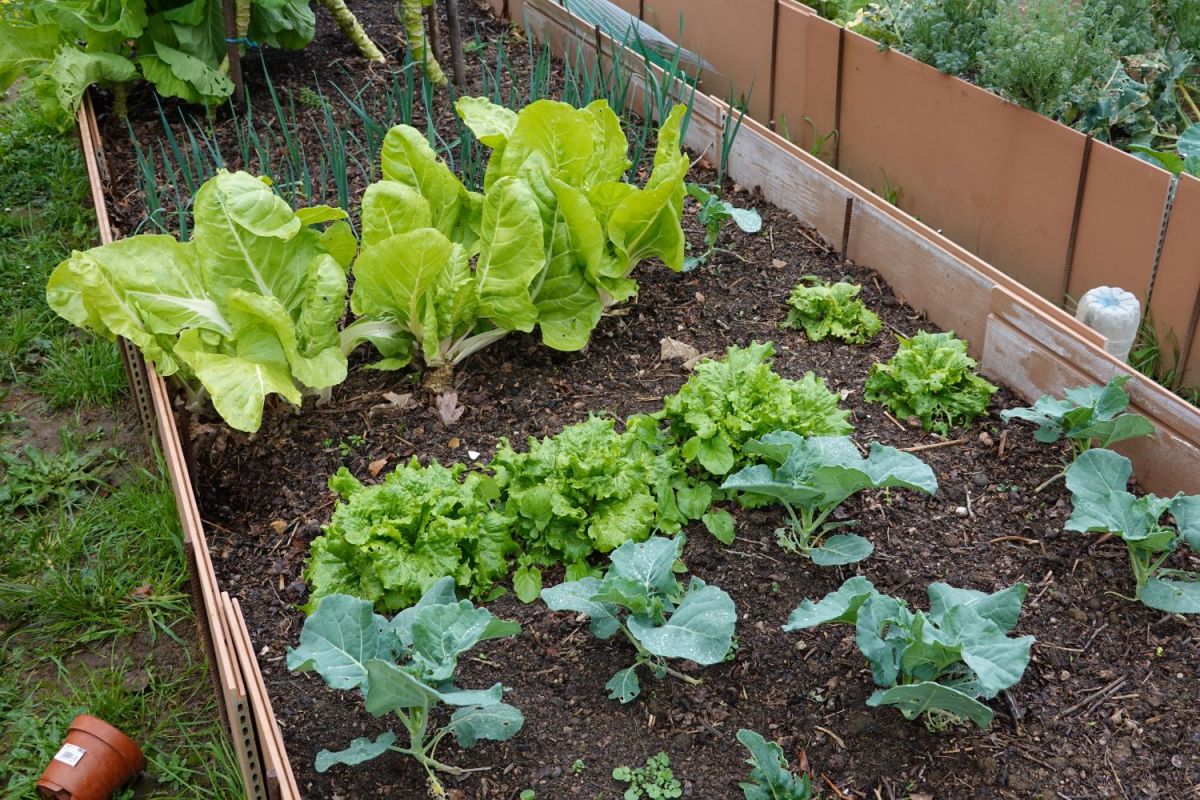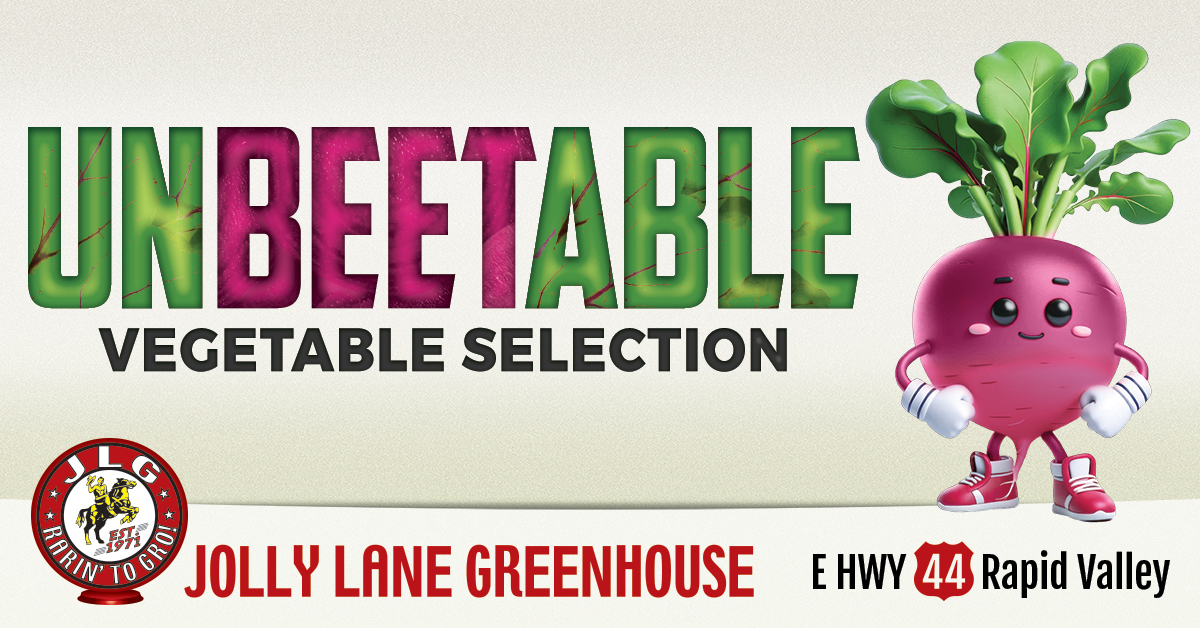
With the beautiful, warmer weather and sunshine comes the annoyance of pests that pose a risk to your garden and outdoor environment. Jolly Lane Greenhouse is here to provide you with a natural remedy, utilizing your very own plants as a defense against common pests such as mosquitoes, aphids, beetles, and more. Companion Planting, an age-old gardening technique, is more than just a trend. It’s a method steeped in science and proven by time. By understanding symbiotic relationships between different plant species, we can create healthier, more productive gardens.
What is Companion Planting?

Companion planting is the strategic placement of different plant species in close proximity for mutual benefit. This practice leverages the natural strengths and weaknesses of different plants to help each other grow. It’s a form of polyculture that promotes biodiversity and makes the most of your garden space.
Benefits of Companion Planting
- Pest Control: Some plants naturally repel certain pests. Planting these alongside vulnerable crops can help protect them. For example, marigolds are known to deter nematodes and other garden pests.
- Improved Plant Health and Yield: Certain plant combinations work together to improve overall health and yield. Beans, for instance, fix nitrogen in the soil, which can benefit nitrogen-loving plants like corn.
- Efficient Use of Space: Some plants grow well together because of their different growth habits. Vining plants like cucumbers can be planted with taller plants like sunflowers, which act as natural trellises.
Examples of Companion Plants

- Tomatoes and Basil: This classic pairing does more than just taste great in a sauce. Basil helps repel insects harmful to tomatoes, and some gardeners believe it even improves the flavor of tomatoes.
- Corn, Beans, and Squash: Known as the “Three Sisters”, this combination is a classic example of companion planting used by Native American cultures. Corn provides a structure for the beans to climb, the beans fix nitrogen in the soil for the corn and squash, and the squash’s large leaves help to shade the soil, reducing water evaporation and preventing weed growth.
- Carrots and Leeks: This pairing works well because leeks repel carrot flies, and carrots repel leek moths. It’s a win-win situation for both plants.
- Cabbage and Dill: Dill attracts beneficial wasps that control cabbage pests, such as cabbage loopers and cabbage worms.
- Beets and Onions: Onions protect against borers and cutworms as beets provide minerals to the soil being composed of 25% magnesium.
- Asparagus, Calendula, Petunias, and Tomatoes: Calendula, tomatoes, and petunias are thought to deter asparagus beetles.
- Peas and Mint: Mint improves the health and the flavor of the peas.
Sowing Synergy

Companion planting is a natural, sustainable way to improve your garden’s productivity and health. By understanding the relationships between different plants, we can work with nature rather than against it, creating gardens that are vibrant, productive, and in harmony with the ecosystem. So next time you plan your garden, consider who makes good neighbors for your plants. You might be surprised at the difference it can make!
But remember, companion planting is as much an art as it is a science. What works in one garden might not work in another due to differences in soil, climate, and local pests. Don’t be afraid to experiment and see what works best for you. Happy gardening!
UnBEETable Prices at Jolly Lane Greenhouse

Don’t forget while you’re cultivating your garden of companions that Jolly Lane Greenhouse is here to help answer all your gardening questions, and to supply you with all your summer gardening essentials!
